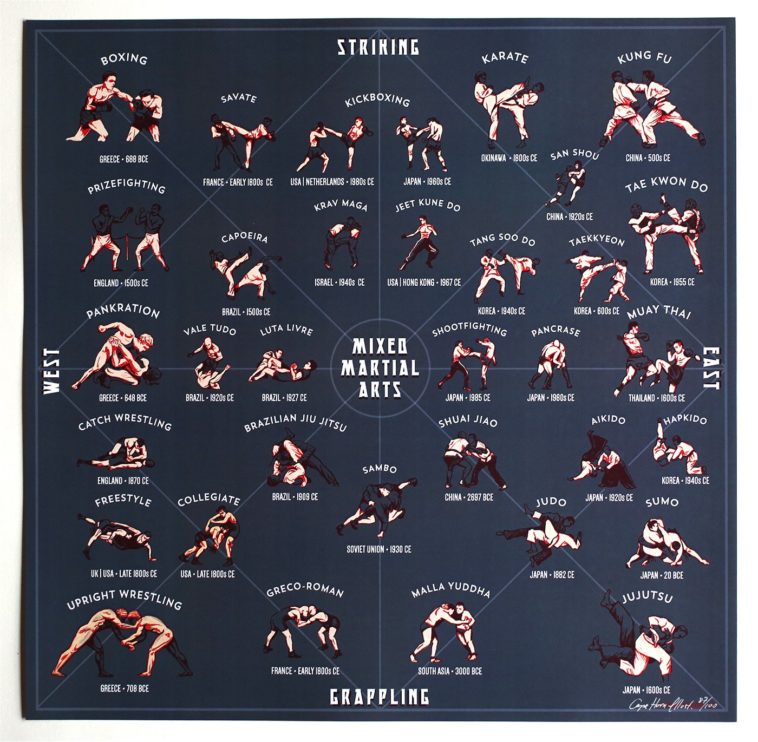Discover The Secrets Of Taekwondo's Belt Degrees! From White To Black, This Guide Has Every Little Thing You Need To Recognize. Dive In Currently!
Discover The Secrets Of Taekwondo's Belt Degrees! From White To Black, This Guide Has Every Little Thing You Need To Recognize. Dive In Currently!
Blog Article
Created By-Kokholm Duggan
Did you know that there are a total amount of 10 belt degrees in Taekwondo? From the beginner's white belt to the prestigious black belt, each degree represents a landmark in your trip to mastery.
But what do these belt levels actually indicate? How do you progress through them?
In this discussion, we will certainly break down the belt levels in Taekwondo, explore their significance, and reveal what it requires to climb with the rankings.
So, if you're curious to understand the details of Taekwondo's belt system and what it suggests for your training, remain tuned.
The Function of Belt Degrees
The objective of belt degrees in Taekwondo is to supply a clear and structured development system for you to track your growth and skill degree. As you start your Taekwondo journey, you start with a white belt, representing your novice standing. With each belt promotion, you gain new knowledge, methods, and obligations.
The belt levels work as milestones, reflecting your dedication, commitment, and development in the martial art. They provide a feeling of success and motivation to keep pushing yourself to enhance. In addition, belt degrees assist trainers and peers examine your capabilities and provide appropriate guidance and training.
Belt Color Styles and Their Significances
As you progress through the belt degrees in Taekwondo, each color stands for a specific meaning and signifies your development in the martial art.
The white belt, which is the beginning factor for all beginners, represents purity and virtue.
As you proceed to the yellow belt, it symbolizes the earth from which a plant sprouts and settles.
The green belt represents development and the growth of your abilities.
The blue belt signifies the skies, where your potential as a Taekwondo practitioner is endless.
The red belt stands for risk and care, advising you to use your abilities responsibly.
Finally, the black belt stands for mastery and knowledge, representing your journey towards becoming a real Taekwondo master.
Each belt color holds its own distinct meaning, mirroring your progression and dedication in this old fighting style.
Progressing Via the Belt Levels
To advance with the belt levels in Taekwondo, you should consistently demonstrate your skills and devotion. Below's what you require to learn about advancing in this martial art:
1. ** Technique Makes Perfect **: Routine training sessions are important to improve your strategy and master the needed kinds. Rep sharpens your abilities, enabling you to do with accuracy and rate.
2. ** Pressing Your Limitations **: Progressing through the belt levels needs pressing yourself beyond your comfort zone. You'll be tested physically and psychologically, however it's via these obstacles that you expand and improve.
3. ** Checking Your Understanding **: Belt examines evaluate your understanding of Taekwondo concepts, including sparring, protection, and breaking methods. visit my homepage have an extensive understanding of the art and are ready to advance to the next degree.
click the up coming web site
As you start your journey via the belt degrees in Taekwondo, remember that each color holds a much deeper meaning past its surface area appearance.
Just like the vibrant shades of the belts, your progress stands for development, discipline, and perseverance.
As you progress, each belt ends up being a symbol of your commitment and proficiency of the art.
Welcome the obstacle, push your limitations, and let the importance of your belt levels motivate you to end up being the very best version of yourself both on and off the floor covering.
